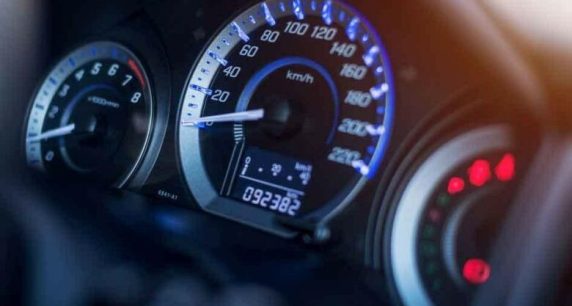What Is Good Mileage for A Used Car?

Purchasing a used car is more difficult than a new one. You must not only take into account the vehicle’s main attributes but also additional elements like its mileage and the degree of wear and tear it has endured.
Given the widespread perception that “high mileage” vehicles are more problematic than lower mileage models, you’ve probably been told to stay away from them. However, how much of this is actually true? Even better, what does “excellent” or “high mileage” for a second-hand car mean?
You may get the answers you need in our thorough blog, which covers all you need to know about mileage when purchasing used goods.
WHAT IS CAR MILEAGE AND WHY IS IT IMPORTANT?
Mileage is a measure of how far a car has travelled over its lifetime. It is one of the most crucial factors considered while estimating its pricing and evaluating its general condition.
In general, a car with a higher mileage will typically cost more to maintain than a vehicle with a lower mileage, making it less appealing and more affordable to purchase.
This is because mileage directly affects how long most automotive parts will last, especially the engine, transmission, and suspension, which typically need to be completely overhauled.
Of course, certain automobile brands are more dependable than others, and how the car was driven affects how it currently functions.
For instance, vehicles that are mostly used for city travel often show far more wear and tear than vehicles that are primarily used for interstate driving. Additionally, a car with a single devoted owner will typically last longer than one with several owners.
A high mileage is not always a deal-breaker because there are several elements to take into account when considering how much miles is ideal for a second-hand car.
WHAT IS GOOD MILEAGE FOR A USED CAR?

Any seasoned mechanic will tell you that 19,312 km per year is a solid estimate because it’s pretty similar to the amount the average driver travels annually.
For instance, a five-year-old automobile should have an excellent mileage of 96,561 km, while a ten-year-old car should have a reasonable mileage of 193,121 km. Significantly different mileage ranges could portend major issues down the road.
But remember that this is only a general guideline. As was previously mentioned, mileage shouldn’t always be accepted at face value because a variety of other elements that are difficult to gauge from a vehicle’s mileage affect its condition.
HIGH MILEAGE CAR VS LOW MILEAGE CAR – WHICH IS BETTER?
Be cautious when quickly discounting used cars with a high mileage due to imagined disadvantages. They have a number of advantages over low mileage used cars, which may surprise you. Here are the advantages and disadvantages of purchasing a high mileage vehicle versus a low mileage vehicle.
Price
Price and mileage have a negative relationship. The price of the car decreases as the mileage increases. In other words, vehicles with higher mileage tend to be less expensive than those with lesser mileage, making them potentially more advantageous for individuals on a tight budget.
Broken-In
High mileage is a sign that the automobile has been driven frequently and, assuming it has been well maintained, has been thoroughly broken in. Like the human body, cars need movement to reach and sustain a condition of peak performance. On the other hand, a low mileage could mean that the car hasn’t been driven enough to be properly oiled for best performance, which could make it more vulnerable to damage.
Wear and Tear
On the other hand, a car with a lot of kilometers on it is probably going to show more signs of wear and tear than one with a lot less. The engine and transmission, for example, may have more worn materials and be nearing the end of their useful lives. No of the mileage, it bears emphasizing that a car’s condition is greatly influenced by how well it has been maintained.
Resale Value
If you decide to sell or trade in your car, you will normally receive less money if it is severely worn compared to a lightly used vehicle. This is mostly because the engine, transmission, and other important components are likely to have suffered greater wear and tear and have fewer kilometers left in them as the mileage increases.
MOST RELIABLE HIGH MILEAGE CARS
As was already mentioned, the majority of cars produced in the 2000s are quite well made and designed, and they may last a very long period with regular maintenance. Nevertheless, several brands and models stand out from the competition due to their industry-leading reputation for dependability.



